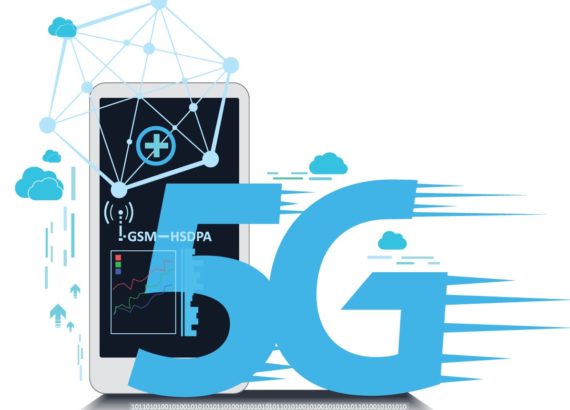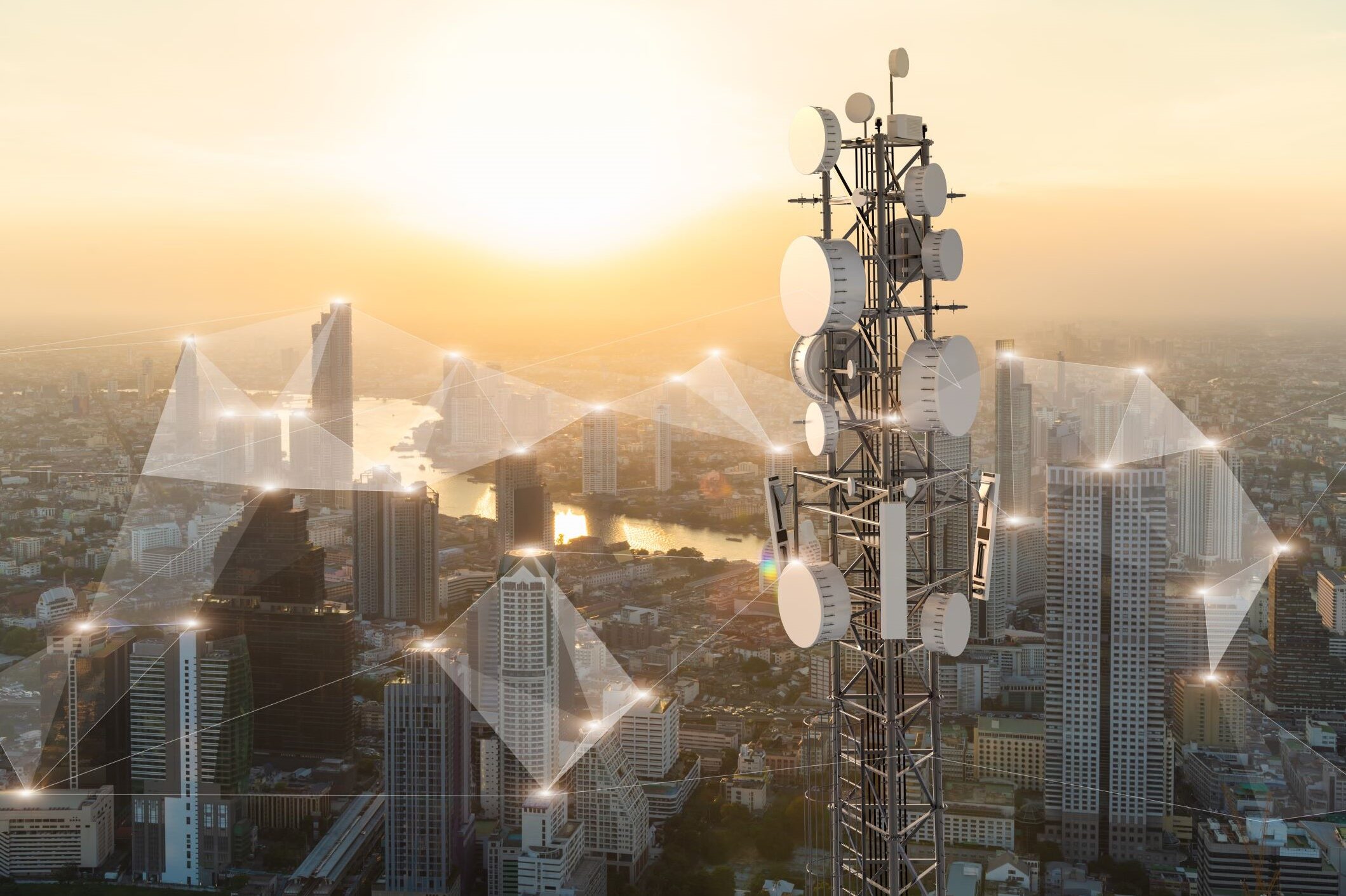The following is the first in a series of articles focusing on the arrival of 5G technology, its possible impact, and the implications for multifamily communities.
There’s no way to overstate it. Today’s multifamily residents have an insatiable appetite for broadband.
From the college student with a serious multi-player gaming habit, to the work-from-home professional with a full slate of video conferences, to empty nesters whose queue of episodes to binge-watch keeps growing. Property owners know—just satisfying their residents’ digital hunger isn’t enough. Today, the expectation is seamless connectivity.
The 5G future
As tech-minded developers and owners stay on top of their residents’ digital desires, there’s a familiar refrain—”prepare for a 5G future.” All the major U.S. wireless phone carriers have rolled out some version of 5G, but many consumers still haven’t felt an impact.
The arrival of this new technology has been gradual and a bit uneven. Those in the know, however, predict it will cause a massive shift in how we live and work. To get a fix on the present state of 5G, and what it might mean for multifamily properties, let’s look at what it is and where it’s going.
What is 5G?

The first thing to know about 5G is that the “G” stands for “generation.” So, what wireless providers are installing is the fifth generation of cellular phone communication technology. Simply put, it’s a new method of wirelessly transmitting data over the air—in a more efficient way than earlier technologies. Using wider channels, 5G can push more data faster, allow for quicker responsiveness (less latency), and simultaneously connect more devices. A 5G system achieves this with more evolved processing power, both at the source (tower) and the receiving end (a 5G phone). So yes, truly “going 5G,” ultimately means “buying a new phone.”
Understanding 5G as a mobile communications platform is one thing. But its potential and the role it might play indoors is still a little unclear.
The role of 5G within the walls
Today, not very many consumer devices are 5G compatible. Cell phones are merely a first push for 5G device adoption. Aside from the large, national cellular phone networks, private 5G cellular networks are materializing to handle large-scale wireless connectivity for industry, infrastructure, large companies, and public sector entities. Ultimately, this new generation of technology may provide a high-speed, high-bandwidth wireless connection within buildings or across shorter outdoor distances.
More devices need more wireless connectivity
It’s no secret that most multifamily dwellers have bought into smart tech, and they love their smart gadgets. A Reviews.org survey found that at least eight in ten have two or more smart devices, with the smartphone the solid number one. While phone favoritism might lead some residents to think of a 5G cellular plan as a substitute for internet service, It’s not quite that simple.
Relying on outdoor 5G networks as a replacement for internet service and indoor WiFi comes with a host of technical limitations. The shorter wavelength 5G signals weaken quickly and have a more limited range, making it difficult for them to penetrate walls and other building materials.
Regardless of technology, the trend toward greater use of smart home and Internet of Things (IoT) connected devices will continue. For multifamily owners, that means more strain on their current, and future, WiFi networks.
In our next installment:
Residents now expect advanced WiFi connectivity and more multifamily communities are rising to that challenge. What possible role can 5G technology play in enhancing existing fiber internet networks?
Read the entire “5G Limits for Multifamily Properties” series:
- Part 2: Can fiber networks and 5G come together?
- Part 3: 5G: Not going the last mile in multifamily communities.
Contact a Quantum Fiber Connected Communities expert to learn about connectivity solutions tailored to your multifamily community
Content Disclaimer - All content is for informational purposes only, may require user’s additional research, and is provided “as is” without any warranty, condition of any kind (express or implied), or guarantee of outcome or results. Use of this content is at user’s own risk. All third-party company and product or service names referenced in this article are for identification purposes only and do not imply endorsement or affiliation with Quantum Fiber. If Quantum Fiber products and offerings are referenced in the content, they are accurate as of the date of issue. Quantum Fiber services are not available everywhere. Quantum Fiber service usually means 100% fiber-optic network to your location but, in limited circumstances, Quantum Fiber may need to deploy alternative technologies coupled with a non-fiber connection from a certain point (usually the curb) to your location in order to provide the advertised download speeds. ©2024 Q Fiber, LLC. All Rights Reserved. Quantum, Quantum Fiber and Quantum Fiber Internet are trademarks of Quantum Wireless LLC and used under license to Q Fiber, LLC.
